What is Osteopathy?
Osteopathy is a holistic health practice focusing on treatment via the structure and function of the body. It was founded in the 1800s by American physician Andrew Taylor Still. Born on the frontiers of European settlement in 1828, Still grew up amongst Indigenous Americans with a Cherokee great grandmother. He trained as a conventional medical doctor and served as a surgeon during the American Civil War but many experiences, including the failure of medicine to save the lives of three of his daughters from spinal meningitis, led to his desire to reform the medicine of his day.
Still took his inspiration from nature as well as indigenous peoples. He often disappeared into the wilderness to commune with nature, and based his medical practice on nature’s principles. Modern osteopaths are university trained in conventional biomedical sciences, but are also inspired by A.T. Still’s observations from nature. Like a plant that will thrive with suitable sunlight, water and by living in a rich, healthy soil, human life depends on appropriate blood and nerve supplies, drainage via the veins and lymphatic system, and good food and environment.
Osteopathy is a science, an art, and a philosophy. Its philosophy is holistic and all encompassing, addressing both the nature of life in the universe, but also the nuts and bolts of why a person comes to a practitioner in discomfort. The diagnosis that your osteopath provides is a medical one, and valid in a court of law. But they will also consider the whole person that sits before them, including family and work life, diet, exercise, sleep, energy levels, digestion, reproductive health, hormonal balance, and so on. Like myself, many osteopaths have a strong interest in both conventional and alternative medicine, and have completed qualifications in various kinds of naturopathy and bodywork. I had already worked as a massage therapist and completed a diploma of Western herbal medicine before I started osteopathy training, and appreciated how it was possible to bring my previous experiences to the rigorous training and education involved in completing the relevant Bachelor and Master qualifications.
I love the way that osteopathy bridges so many different areas. Personally, I haven’t come across a modality that combines left and right brain, science and art, mainstream and alternative, in quite the same way. The founder is quoted as saying, ‘I will teach you the principles, and you work how to apply them’. In this way, osteopathy is not focused on a particular set of techniques, but on finding what is most helpful and useful to the individual patient at that point in time, and working with the unique strengths and abilities of the practitioner. Some practitioners use more traditional techniques such as deep tissue massage and joint ‘cracking’, others like myself favour more gentle, subtle and ‘energetic’ techniques. Both approaches can be effective if the understanding behind them is appropriate and matched to the patient’s needs. The practitioner looks for patterns of health and disease across patients and across time, but also approaches each session with a fresh and humble beginner’s mind. They apply their knowledge and experience, and bring it together with intuition and careful observation.
I also love that osteopathy is based on principles of regeneration and self-healing. This not just an abstract concept, but felt and experienced directly by the practitioner, and also often by the patient, as the vitality of living tissue and the restoration of innate ease, comfort and freedom of motion. It does this by re-establishing the blueprint or template of health, and patients frequently report more energy and a sense of wellbeing, as well as decreased pain symptoms. The practitioner provides a fulcrum around which the patient’s system can reorientate itself and remind itself of the nature and feeling of health. They may also experience increased clarity and understanding of issues that have been challenging them. This comes from natural relaxation and resting in the knowledge and wisdom of good health.
In osteopathy, life is regarded as embodying itself in physical form as anatomy, physiology, biochemistry, emotion, thought and behaviour (Lee, 2005, p. 271). Integration of these elements into a whole occurs through the nervous, endocrine (hormones, neurotransmitters etc.) and immune functions, all of which come together at the fascia/connective tissue, which envelope and are embedded in every tissue of the body. Nerves, tissues, natural biochemicals and fluids unite to express function as living form, that can be accessed hands-on by a practitioner. Disease occurs where there is dissonance between intended function and the structure’s capacity to put it into motion, whether it be due to trauma, accident, overuse, or just adapting to the demands of a 21st century lifestyle. Therapy such as osteopathy can help to restore the mutual harmony of form and function and overcome the results of chronic or traumatic distortion of structure.
Patients frequently visit an osteopath for musculoskeletal conditions such as back, neck, shoulder, hip, knee, wrist and jaw pain. Research confirms many patients’ experience that osteopathy is also deeply relaxing and so can address more systemic conditions such as headache and migraine, chronic pain, fatigue, burnout, stress and anxiety. The gentle but powerful techniques I use are often suited to patients who may be sensitive or have reacted in the past to more direct treatment styles. I see clinical practice as a supportive collaboration with my patients, and enjoy exploring their goals and interests with them, with the aim of achieving lasting results.
If this sounds like the kind of approach that could help you, I would love to see you in clinic! I currently work Tuesday, Wednesday and Thursday afternoons, and alternate Thursday mornings. I also warmly welcome neurodiverse patients.
Reference
Lee, R.P. (2005). Interface. Stillness Press.
By Dr John Carr (Osteopath)

